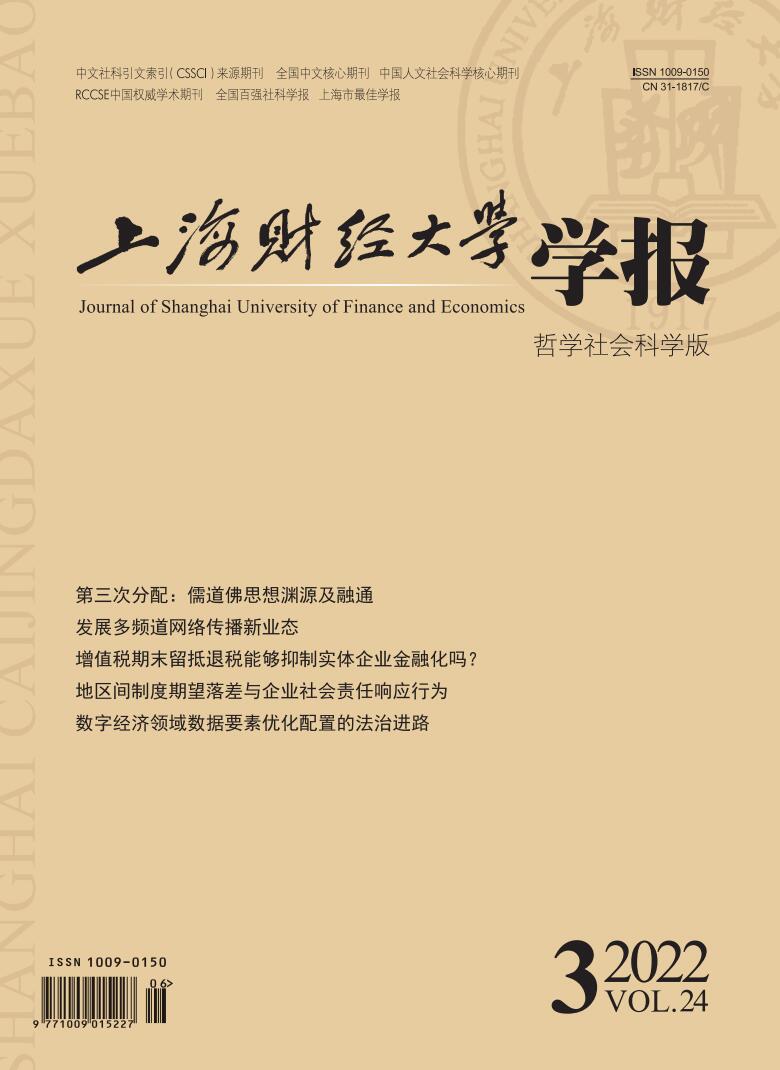Building a safe bottom line to prevent systemic financial risks is one of China’s key economic work. In order to restrain enterprises from “shifting from real to virtual”, China has successively issued a series of policies, among which end-of-period tax credit for VAT is an important policy, and a reasonable evaluation of the effectiveness of the end-of-period tax credit for VAT policy is an important starting point for better optimizing and adjusting the reform policy of VAT. Then, will the cash flow brought by the end-of-period tax credit for VAT policy promote the development of its main business and inhibit its financialization? In view of this, this paper selects the data of China’s Shanghai and Shenzhen A-share non-financial listed companies from the first quarter of 2016 to the first quarter of 2019, takes the introduction of Caishui〔2018〕No. 70 as the standard natural experiment, and builds a DID model to investigate how the end-of-period tax credit for VAT policy affects the financialization of entity enterprises, so as to clarify the mechanism of action between the two and the relationship in different situations. The results show that, as an important measure of China’s “cutting taxes and fees” policy, the end-of-period tax credit for VAT policy will effectively restrain enterprises from “shifting from real to virtual”. Meanwhile, property rights, financing constraints, financial environment, and legal environment will have an impact on the effect of end-of-period tax credit for VAT policy on corporate financialization.
The research contributions of this paper are as follows: (1) From the new perspective of end-of-period tax credit for VAT policy, it investigates the governance measures of the financialization of entity enterprises, enriches the research on the influencing factors of the financialization of entity enterprises, and expands the research on the economic consequences of end-of-period tax credit for VAT policy. (2) It explores two paths for the end-of-period tax credit for VAT policy to inhibit the financialization degree of entity enterprises through “cash flow effect” and “main business investment effect”, which helps to reveal the deeper logic of the relationship between end-of-period tax credit for VAT and the financialization of entity enterprises. (3) It examines the regulatory role of the internal and external environment such as the nature of property rights of entity enterprises, the degree of financing constraints, the degree of inclusive finance and the legal environment in the relationship between end-of-period tax credit for VAT and “shifting from real to virtual”, which provides micro-level empirical evidence for the government to deal with “shifting from real to virtual” of enterprises more accurately. (4) Based on the policy governance effect of end-of-period tax credit for VAT, it provides a reference for improving the structural imbalance between the real economy and the virtual economy.





 5819
5819  7359
7359

